Spring is a great time of year to learn about minibeasts and their life cycles. Minibeasts are fascinating creatures you've probably seen in the garden, parks and maybe even indoors! Minibeasts have incredible life cycles, sometimes transforming completely between stages.
What are minibeasts?
Minibeasts are basically small invertebrate ( without a backbone ) animals. Examples of minibeasts are spiders, slugs, beetles, butterflies, earwigs and lots more. Did you know that Britain has over 25,000 species of known invertebrates?
Properties of invertebrate animals
As invertebrates don't have a skeleton,, they are usually soft and bend easily, which makes them quite vulnerable. Some species have a shell to live in, like a snail or a harder outer skeleton ( exoskeleton ) that protects their soft body.
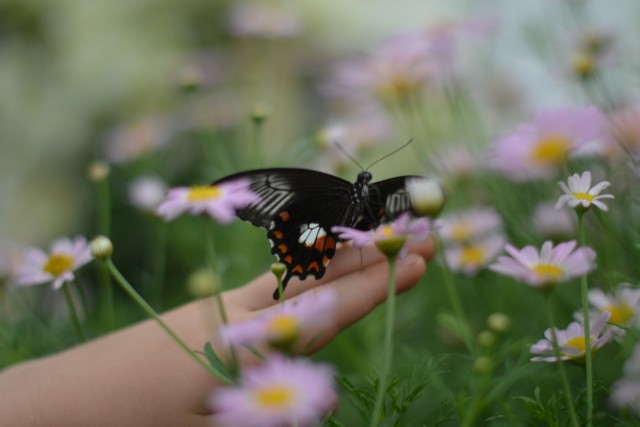
Why are Minibeasts useful?
Some Minibeasts are decomposers. They feed on dead leaves and other waste matter, releasing nutrients into the soil that plants can easily absorb.
Bees, Butterflies and Moths spread pollen, which fertilises flowers.
Minibeasts are an important part of the food chain and are eaten by birds and other small mammals.
Minibeast Life Cycles
Butterfly Life Cycle
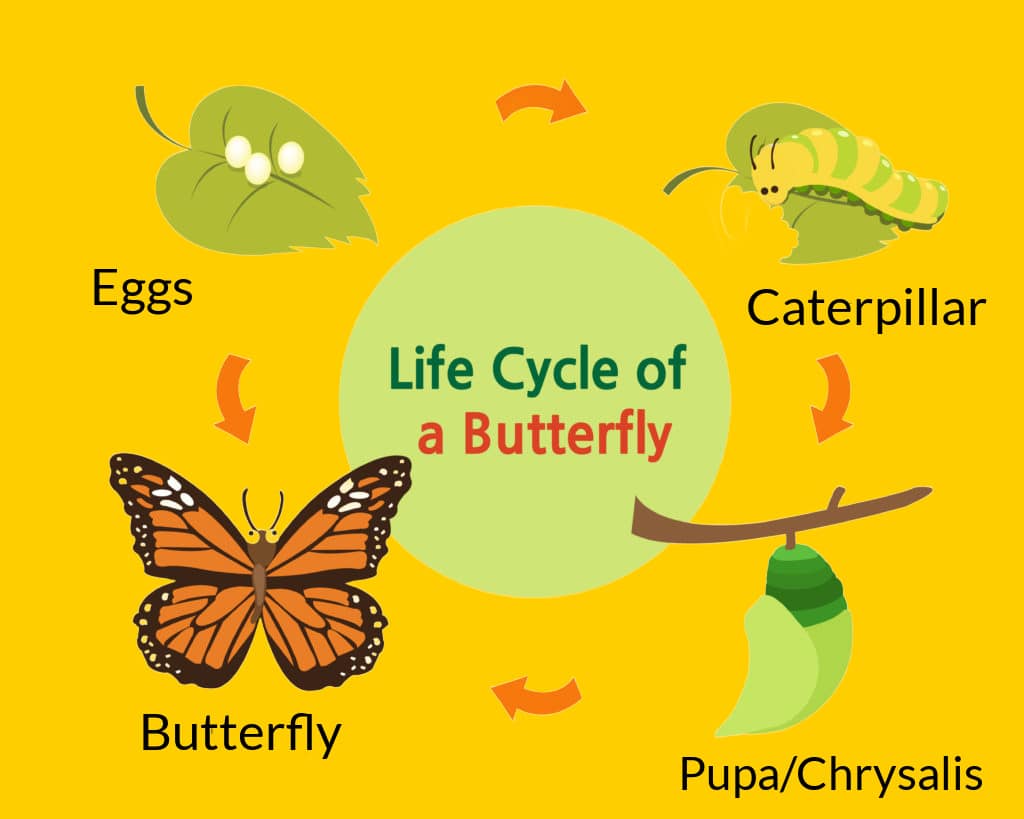
What is Metamorphosis?
Did you know that Butterflies and Moths have four separate stages to their life cycle, each of which looks very different and has a different purpose? Between stages, there is a distinct change in the animal's body structure, which we call metamorphosis.
The egg
The egg is tiny and round; the female Butterfly attaches it to a leaf or stem on or near food.
Caterpillar
The Caterpillar, also known as a larva, looks a bit like a small worm and often has stripes and spine-like hairs. Caterpillars grow very quickly, shedding their skin several times along the way.
The Chrysalis
The Chrysalis or Pupa is the stage where the caterpillar structure is broken down and the adult Butterfly or Moth structure is formed.
Butterfly or Moth
This is the adult stage, Butterflies are much more mobile than caterpillars and also mate and lay eggs.
Minibeast Life Cycle Activities
Make your own Butterfly Spin Wheel
We made a spin wheel to illustrate the life cycle. You can either make your own by following the instructions below or use my handy template.
Materials
Two circles of cardboard, one smaller than the other
Split Pin
Felt tips
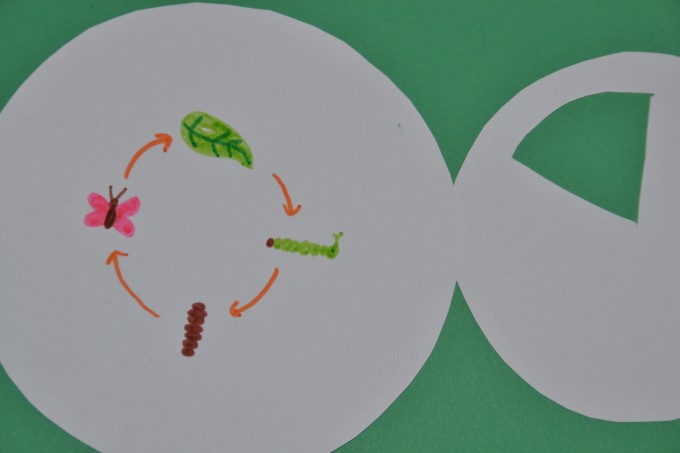
Instructions
Cut a window into your smaller circle.
Draw the life cycle on the larger circle.
Attach together with a split pin.
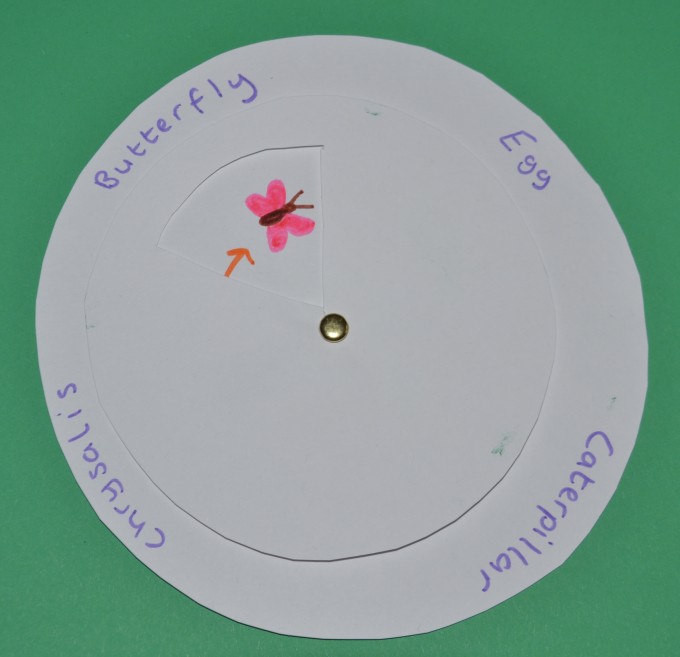
Minibeasts and their life cycles
Butterfly Life Cycle
Buggy and Buddy have a gorgeous paper plate butterfly life cycle.
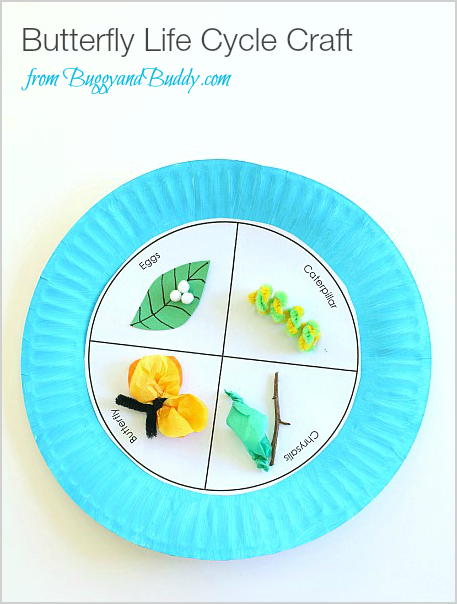
We love this pasta butterfly lifecycle from Mama Miss as well.
Remember, I have a fun edible butterfly life cycle activity, too! Fruit, vegetables and even candy are all great ideas for each stage.
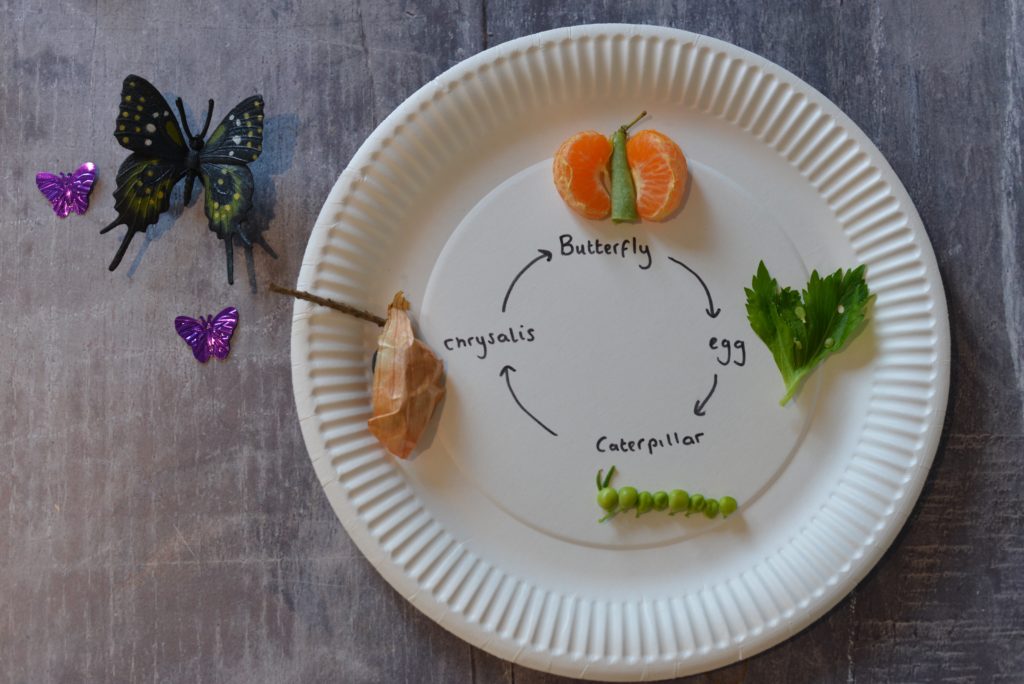
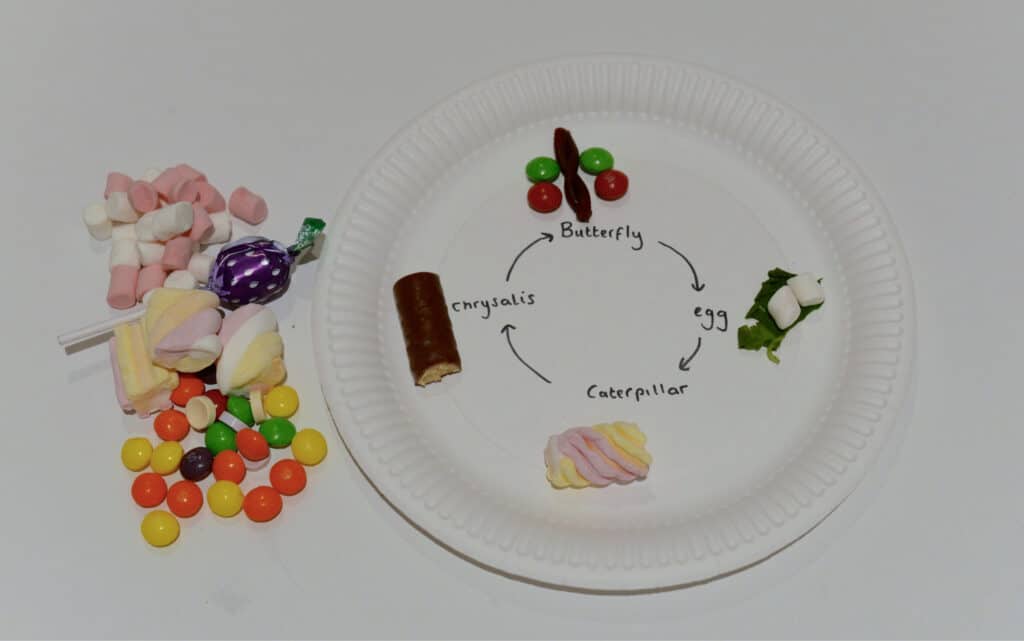
Ant Life Cycle
This ant life cycle craft is just lovely from Stir the Wonder.
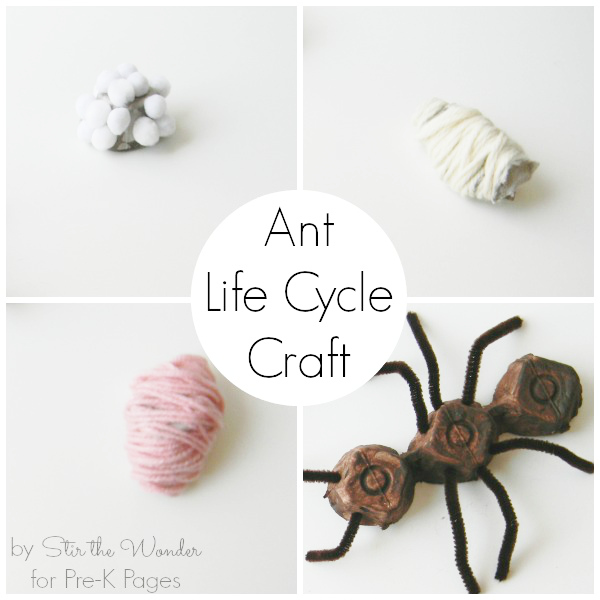
Easy Bug House
Did you know you can make an easy bug house using just an empty drink bottle and some sticks? This one from Red Ted Art looks great.
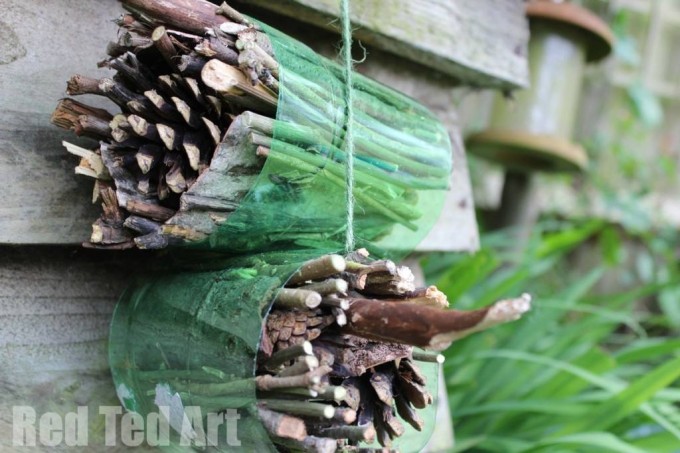
Homemade Wormery
A homemade wormery is a great way to learn about worms. As the worms move around you'll see the soil and sand layers get mixed up.
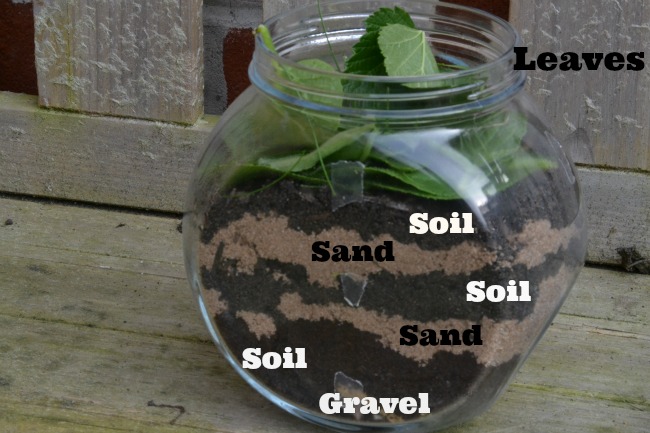
Frog Life Cycle
Use my handy template to create your own frog life cycle spinner.
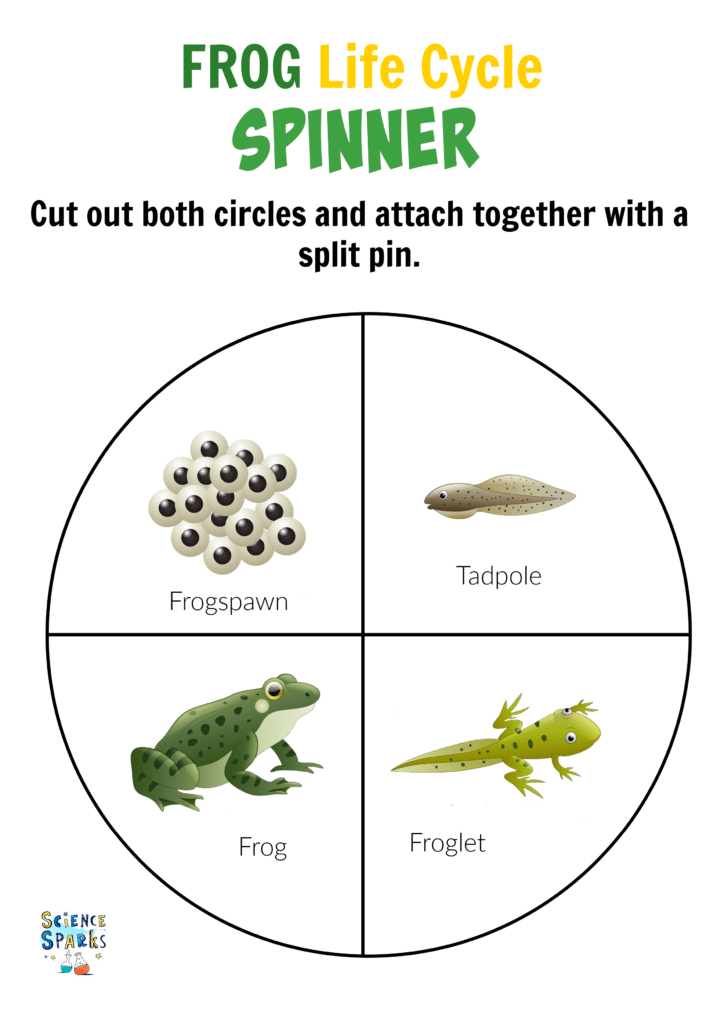
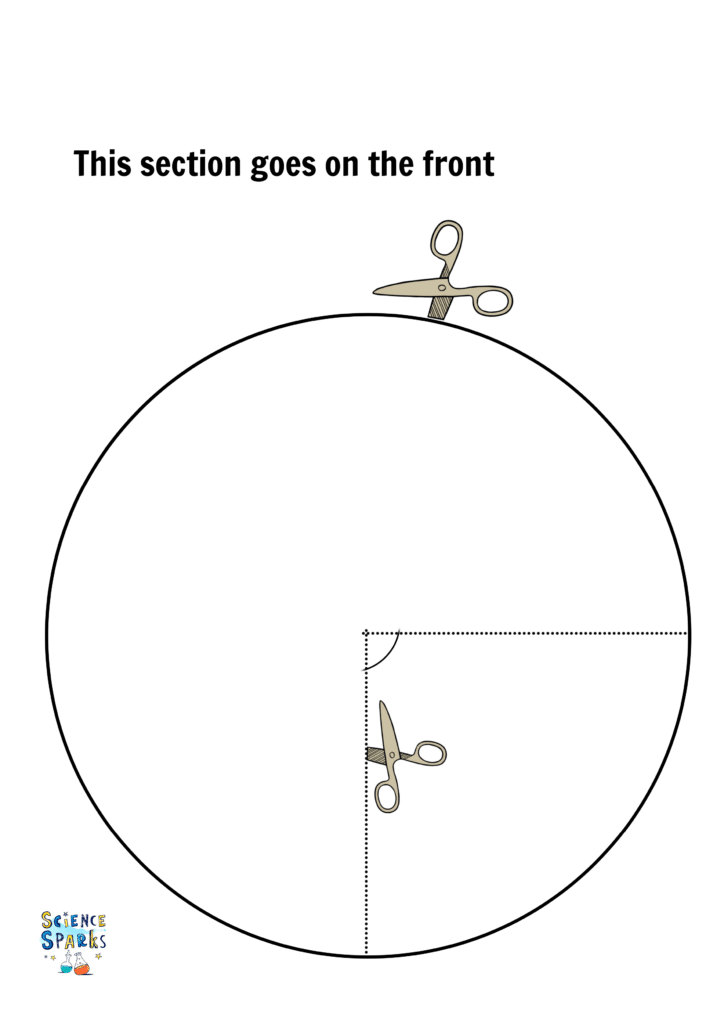
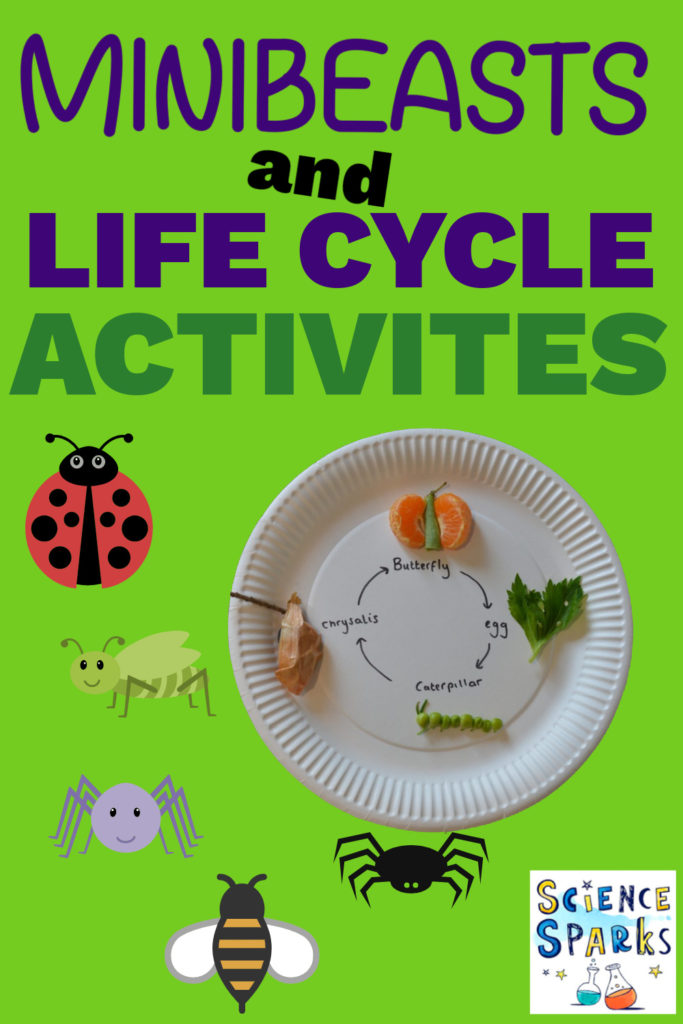
Don't forget to take a look at my other spring science ideas.
Last Updated on May 21, 2025 by Emma Vanstone
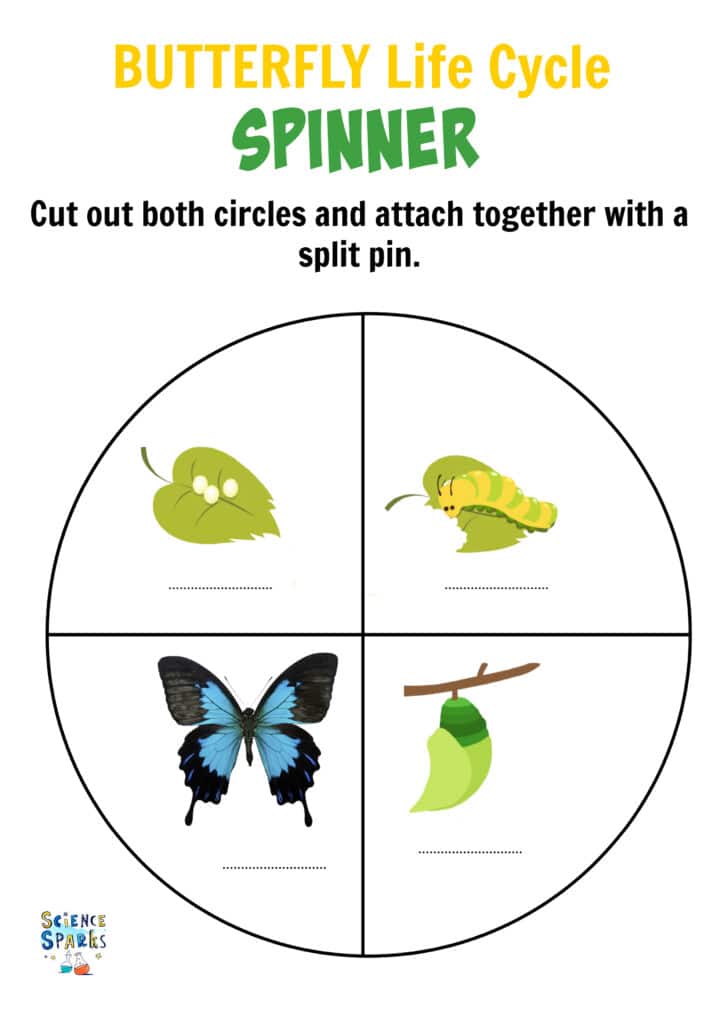
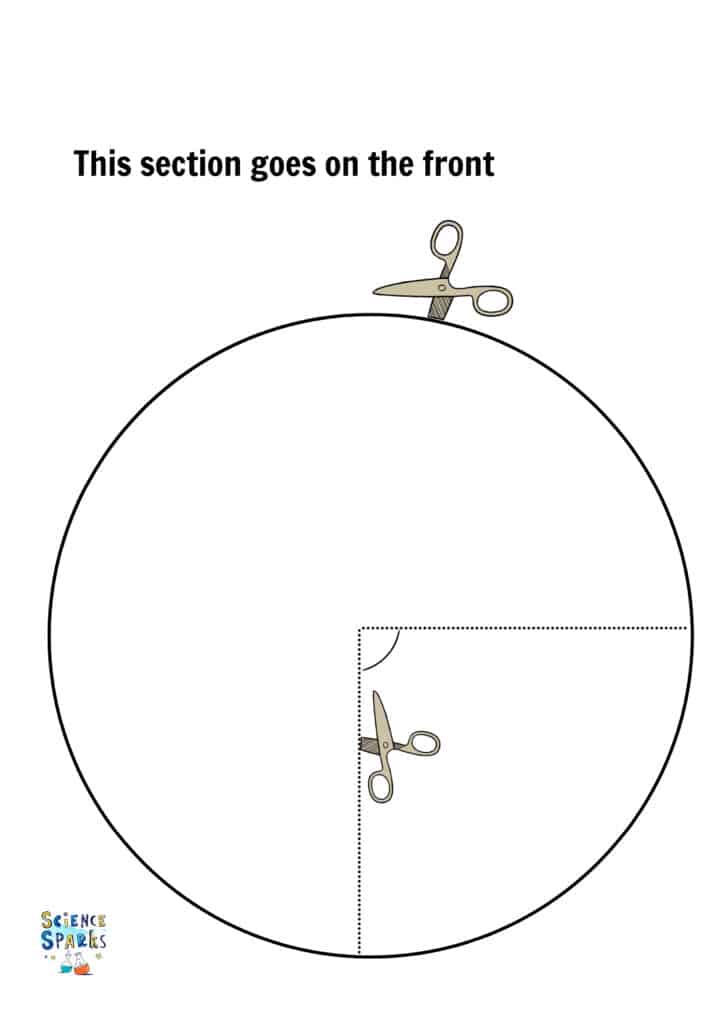
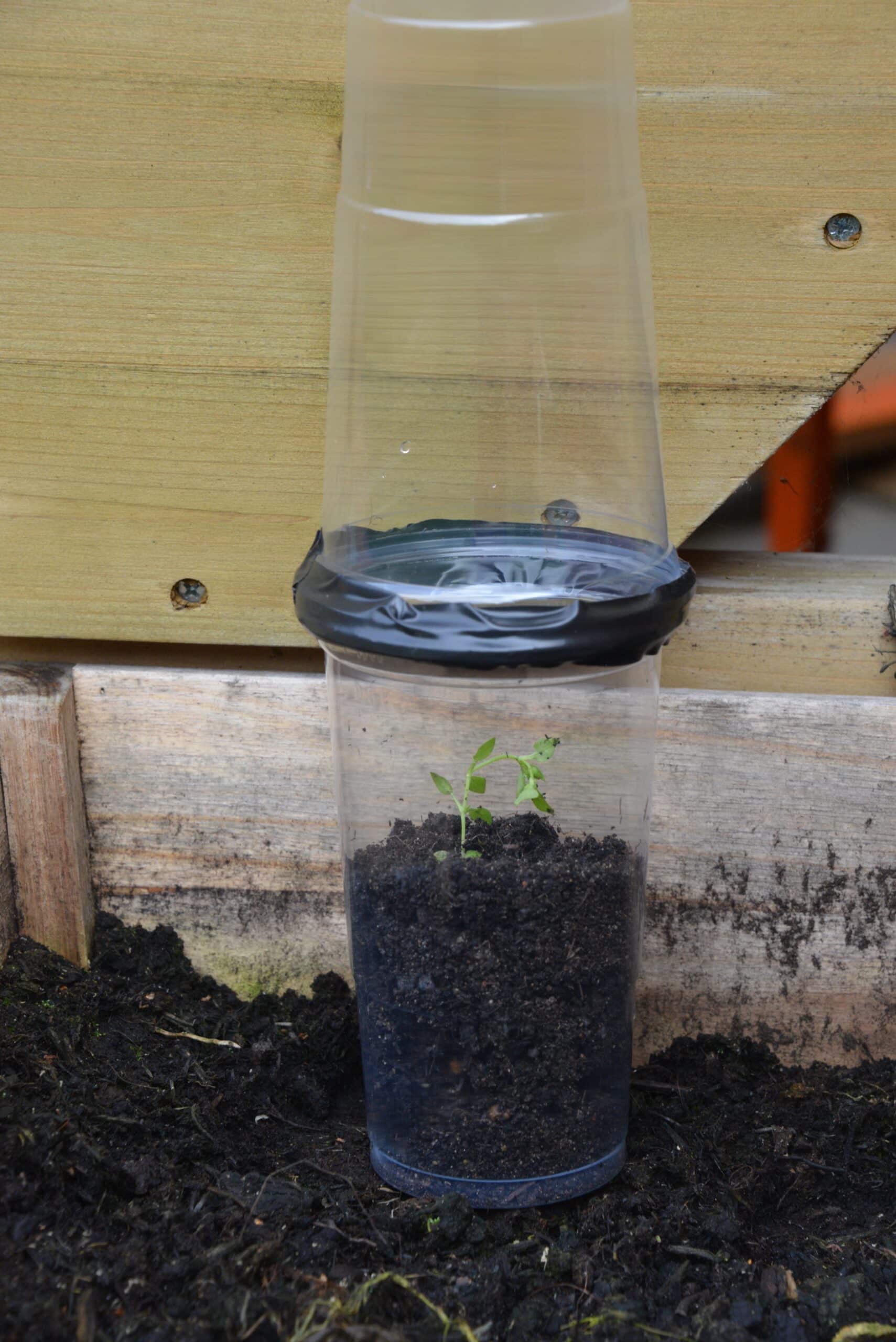
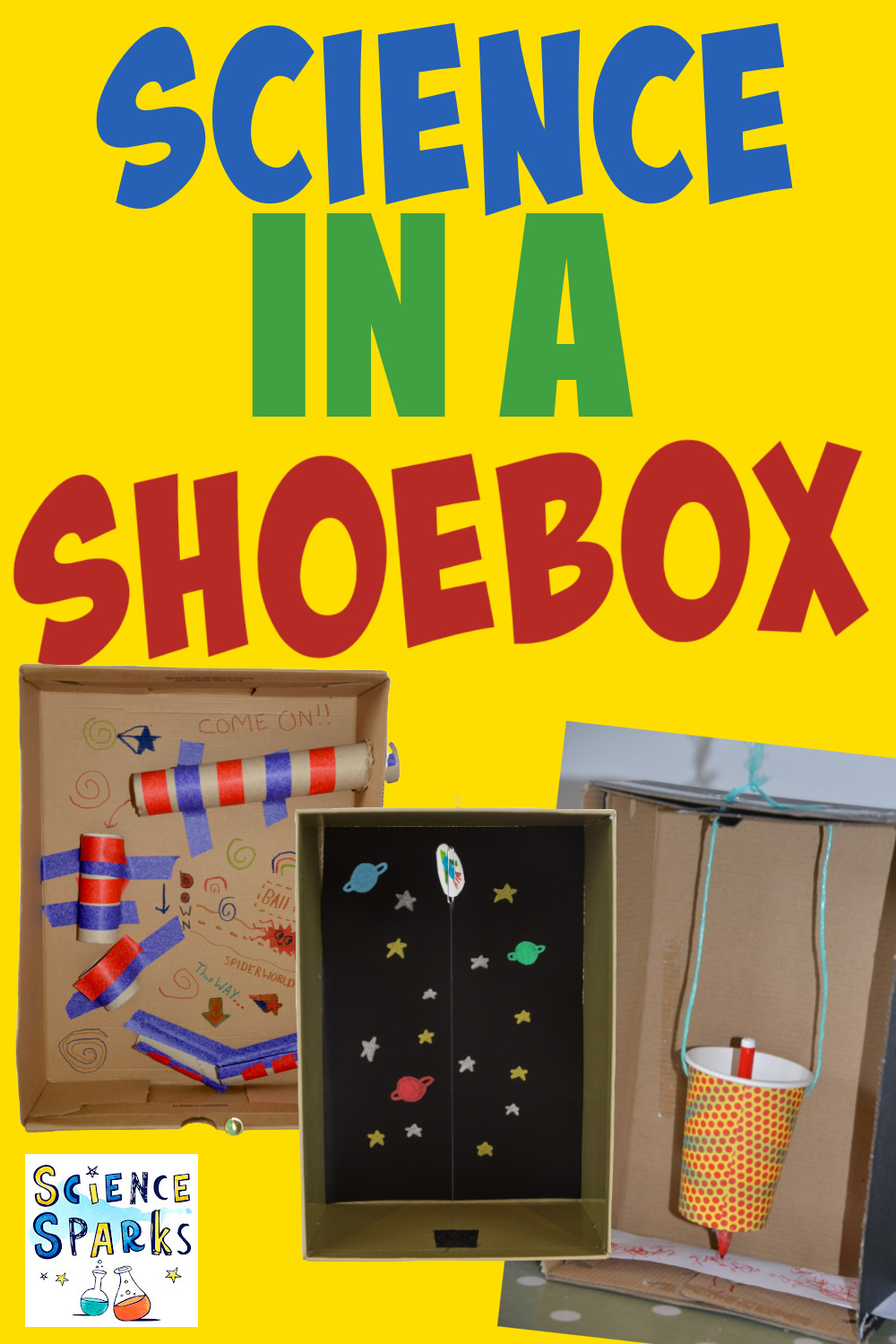
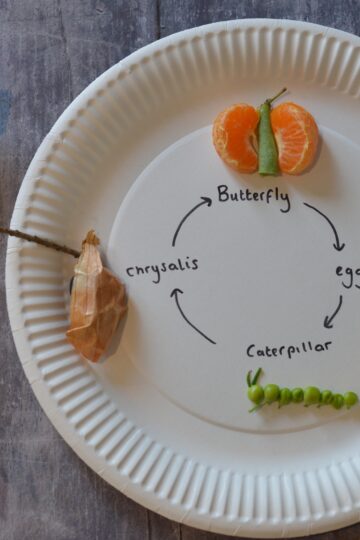

angela says
fabulous!